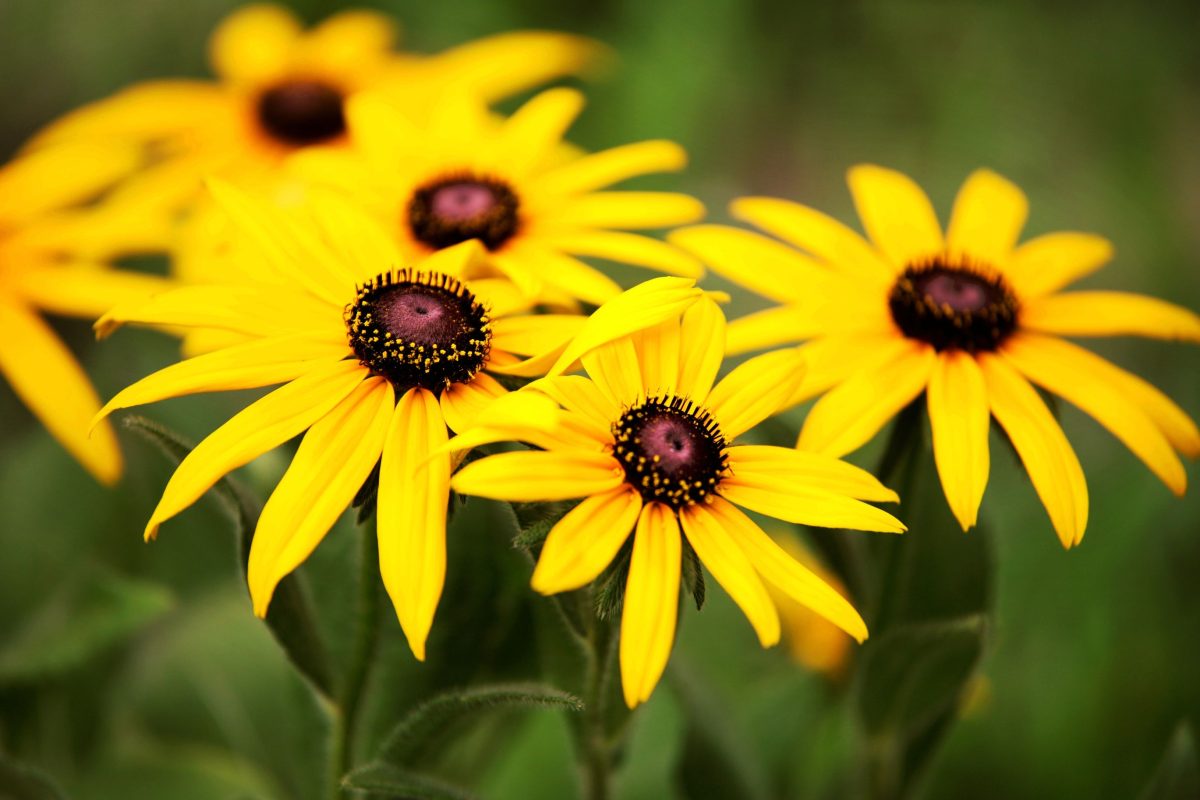
Cone chrysanthemum, also known as cone chrysanthemum, is a plant of the genus Cone chrysanthemum in the Asteraceae family. It is native to North America and widely distributed in Canada and the United States. Its natural habitat is wetlands on floodplains, along streams and in moist forests. Common names other than cutleaf coneflower include cutleaf, goldenglow, green-headed coneflower, tall coneflower, sochan, and thimbleweed.
The Latin specific epithet laciniata refers to the pinnately divided leaves.
Cone chrysanthemum is widely cultivated in gardens and cut flowers. A number of varieties have been developed, with ‘Herbstsonne’ (Autumn Sun) and ‘Starcadia Razzle Dazzle’ receiving the Royal Horticultural Society’s Garden Merit Award. The variety ‘Goldquelle’ has double yellow, 8 cm wide pompom flowers.
The coneflower has long been cultivated as an ornamental plant and came to Paris in the early 17th century in the private garden of Vespasias Robin. Caspar Bauhin also received this ornamental plant in 1622 from Robin, who described it as “Doronicum americanum laciniato folio”.
The first garden in Germany to record it was in Altdorf in 1646. The predominantly cultivated double-flowered form has been known since about 1894. The first naturalizations on central European riparians were observed in the 18th century. Anton Johann Krocker reported it in 1787 from Queistal, near Flinsburg, east of Upper Lusatia. As ornamentals, varieties are used in parks and gardens in temperate regions, such as in stuffed form. In Europe, coneflowers have become wild in various countries. Apart from Europe, coneflower is new in China and New Zealand.
The Lady Bird Johnson Wildflower Center notes that cut-leaf coneflowers are only suitable for large sites because they spread profusely through underground stems.
